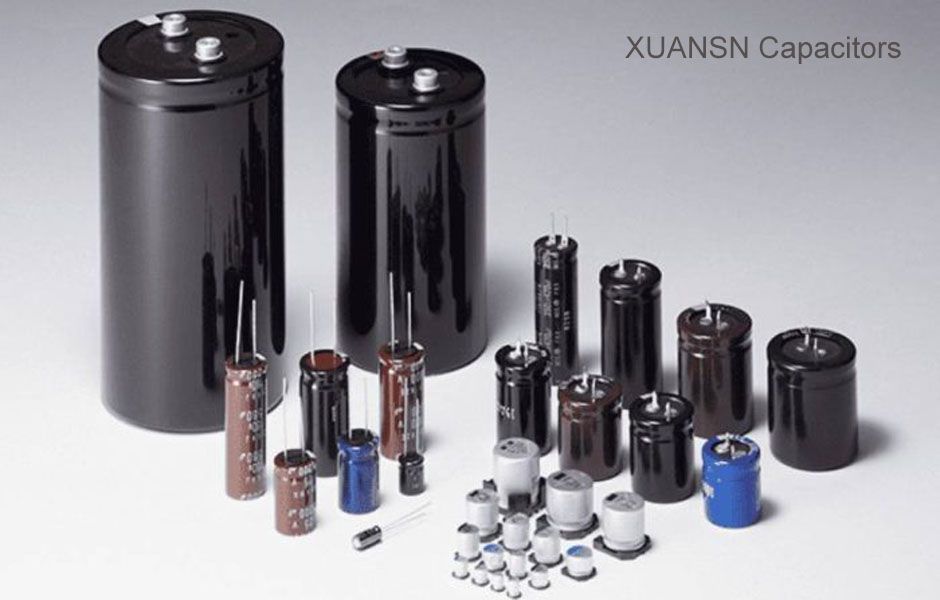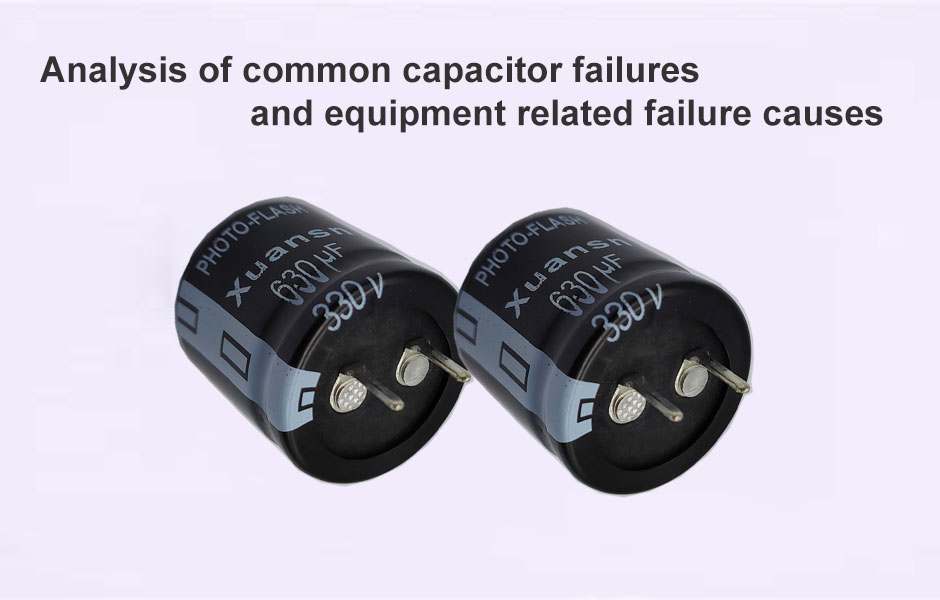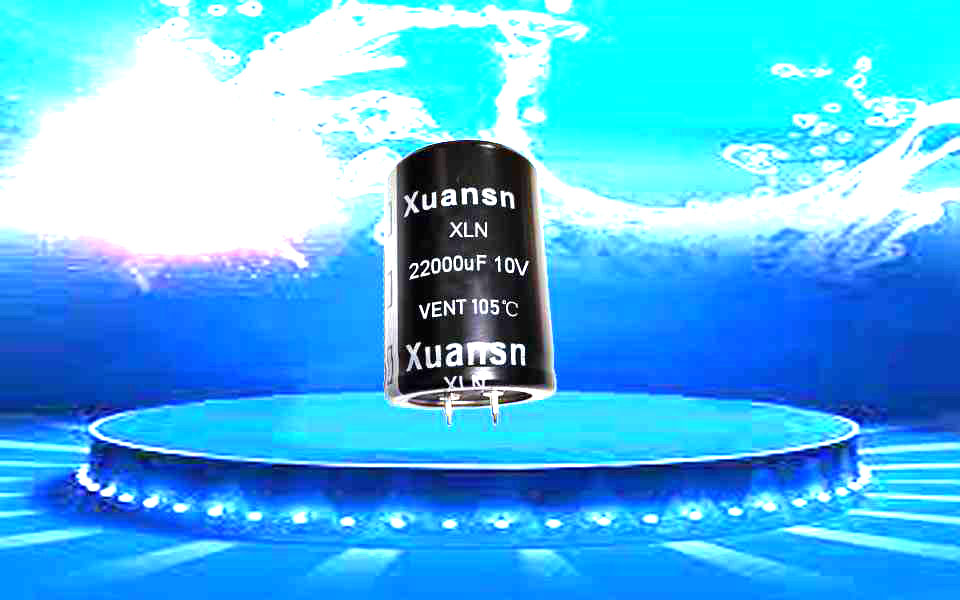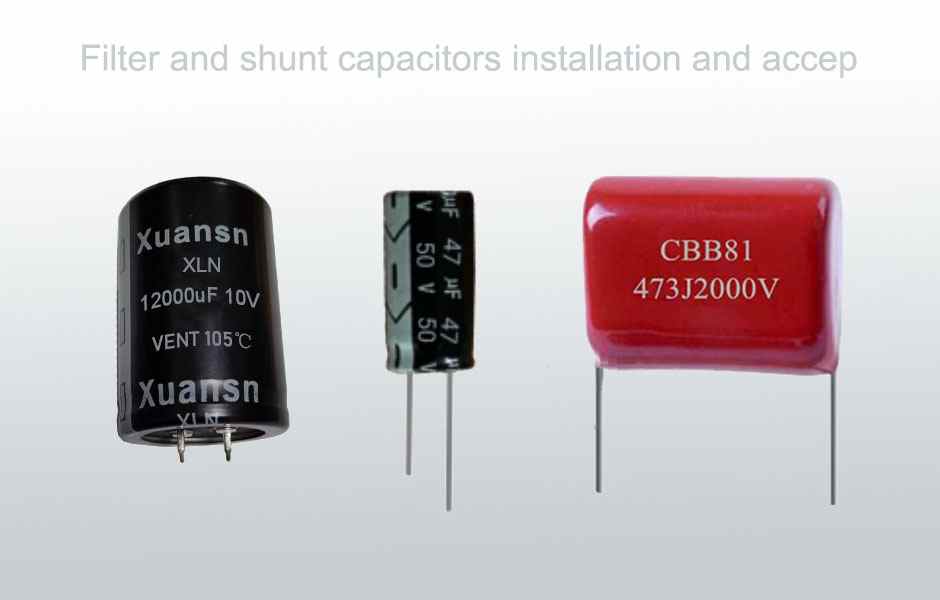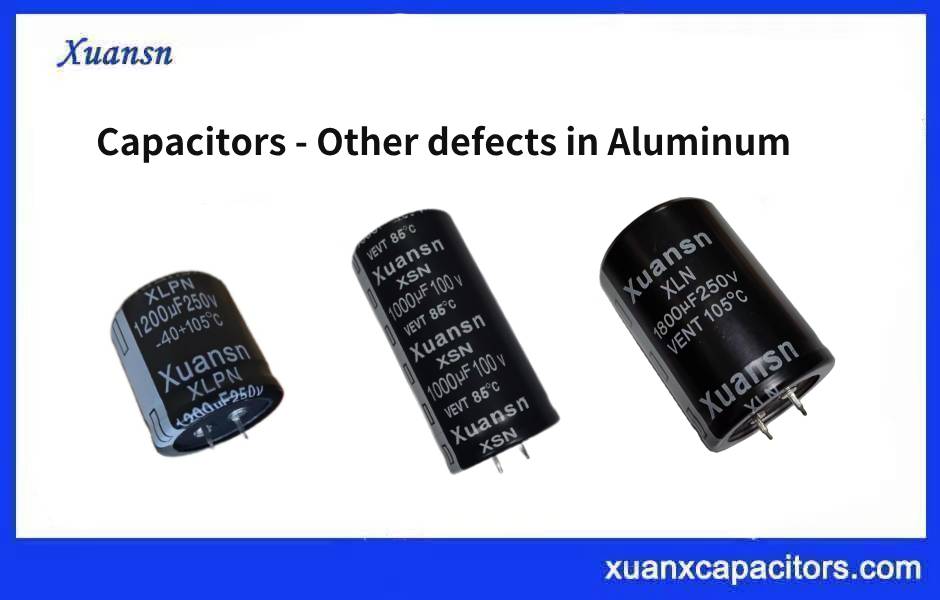1. Automotive capacitor function
A capacitor is an energy storage component used in circuits for tuning, filtering, coupling, bypassing, energy conversion, and delay.

2. Automotive capacitor classification
According to its structure, it can be divided into fixed capacitors, semi-variable capacitors and variable capacitors. Commonly used capacitors can be classified into electrolytic capacitors, mica capacitors, ceramic capacitors, glass glaze capacitors, etc. according to their dielectric materials.
3. The main performance indicators of Automotive capacitor
Nominal capacity: The ability of a capacitor to store charge. Commonly used units are F, uF, and pF. The number of capacitors marked on the capacitor is the nominal capacity of the capacitor.
Rated operating voltage: The capacitor operates reliably for a long time within the specified operating temperature range. The maximum DC voltage it can withstand is the withstand voltage of the capacitor, also called the DC operating voltage of the capacitor. Commonly used fixed capacitor operating voltages are 6.3V, 10V, 16V, 25V, 50V, 63V, 100V, 2500V, 400V, 500V, 630V, 1000V.
Insulation resistance: Since the medium between the two poles of the capacitor is not an absolute insulator, its resistance is not infinite, but a finite value, generally above 1000 megaohms. The resistance between the two poles of the capacitor is called insulation resistance, or leakage resistance. The size is the ratio of the DC voltage at the rated operating voltage to the leakage current through the capacitor. The smaller the leakage resistance, the more serious the leakage. Capacitor leakage can cause energy loss, which not only affects the life of the capacitor, but also affects the operation of the circuit. Therefore, the larger the leakage resistance, the better.
